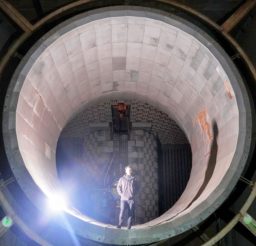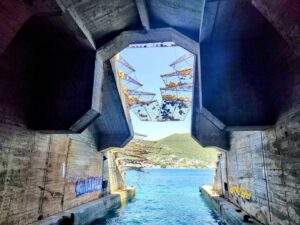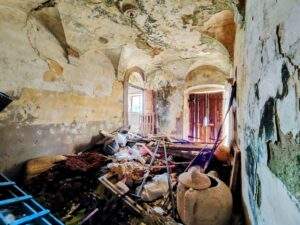Abandoned Kosovo: Trepča British Mining Village, Mitrovica | Urbex
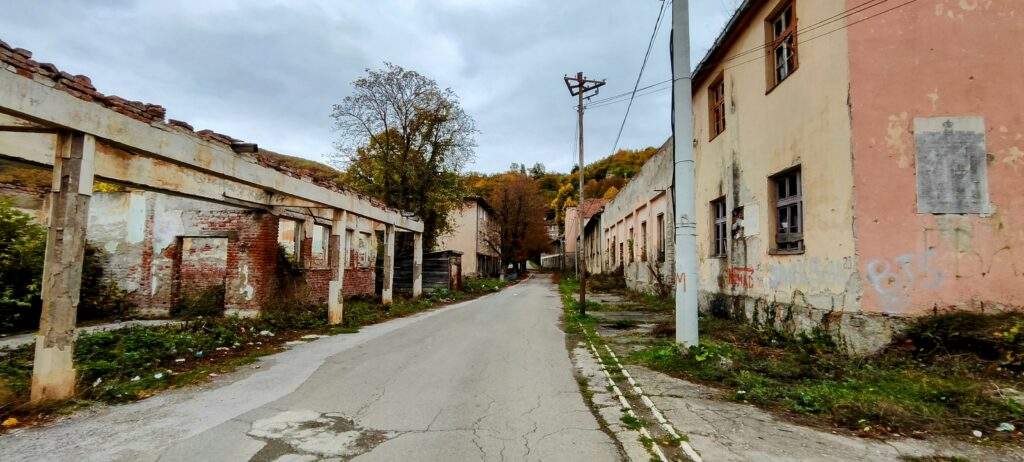
Deep in the mountains of northern Kosovo, a unique piece of history lies hidden in the remote hilltops near an enormous mine. A British-built village remains as a reminder to the area’s past, crumbling and decaying, ready to be explored.
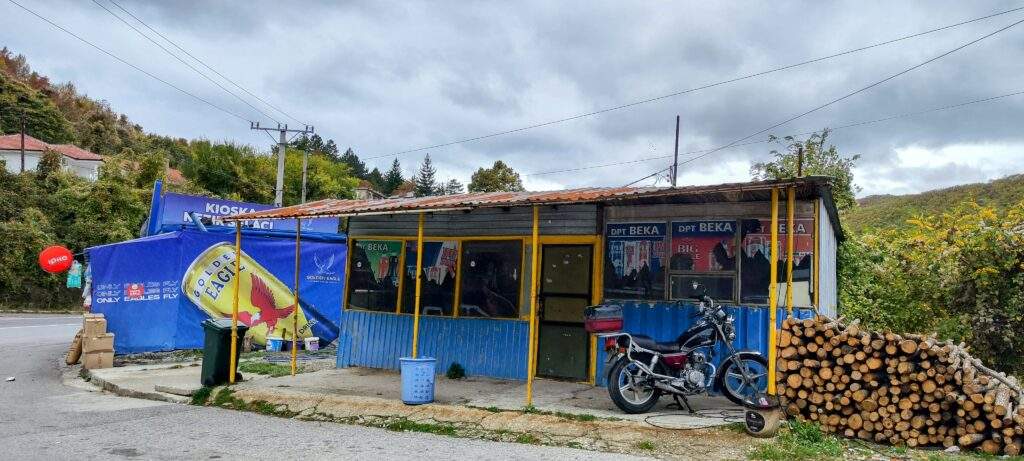
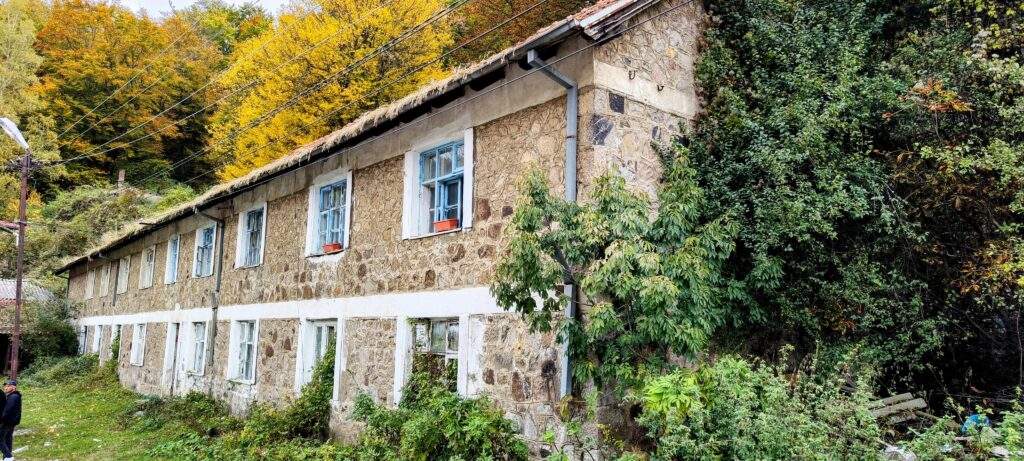
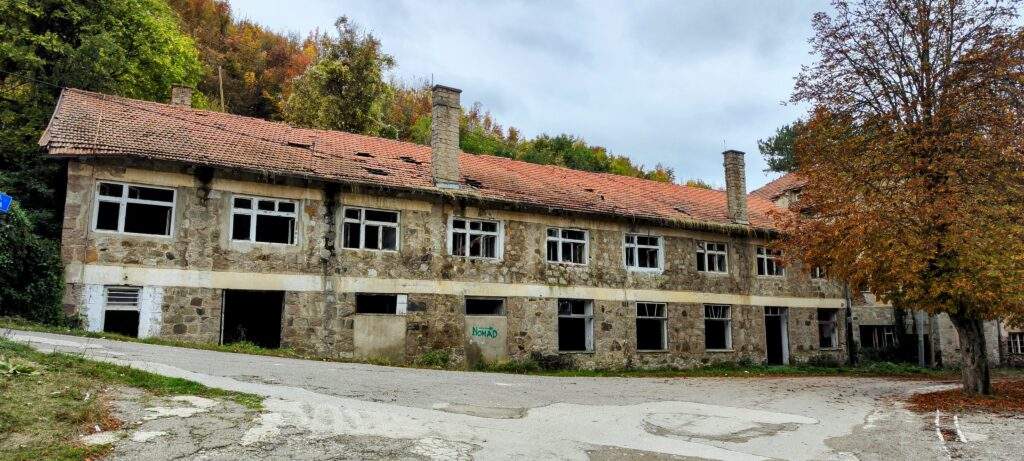
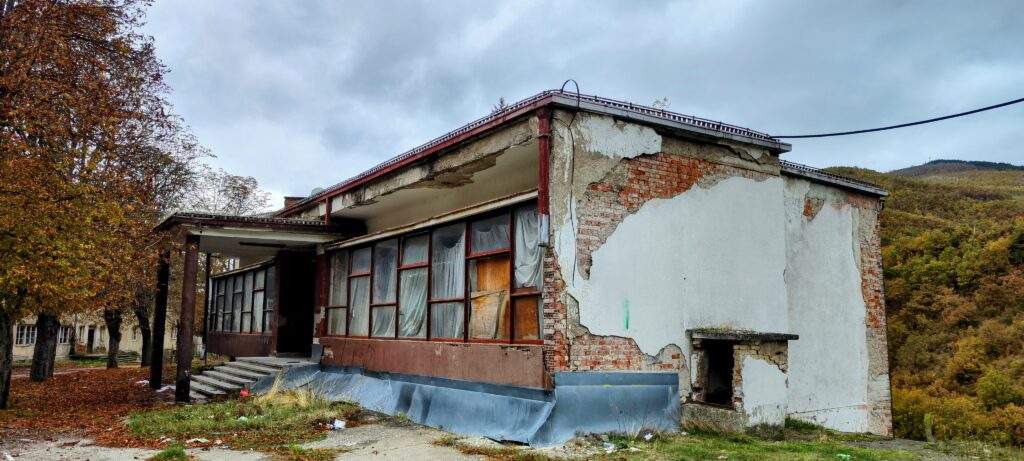
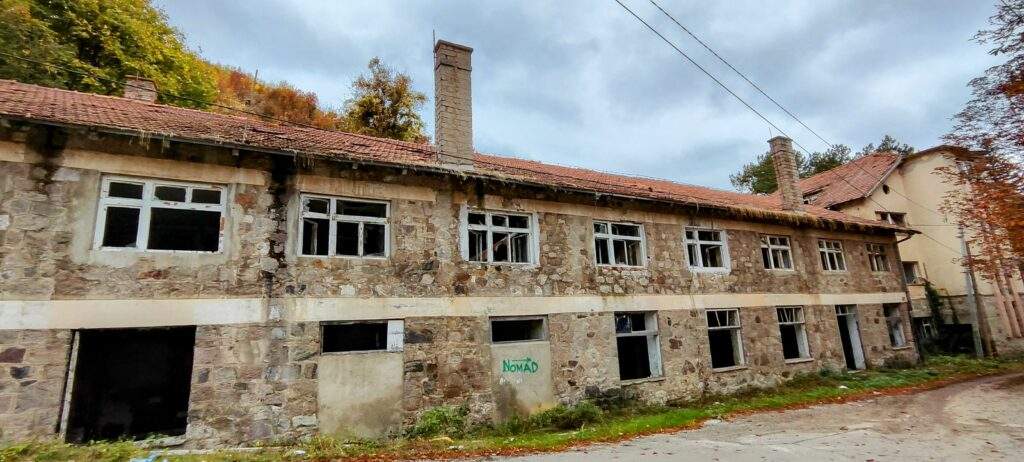
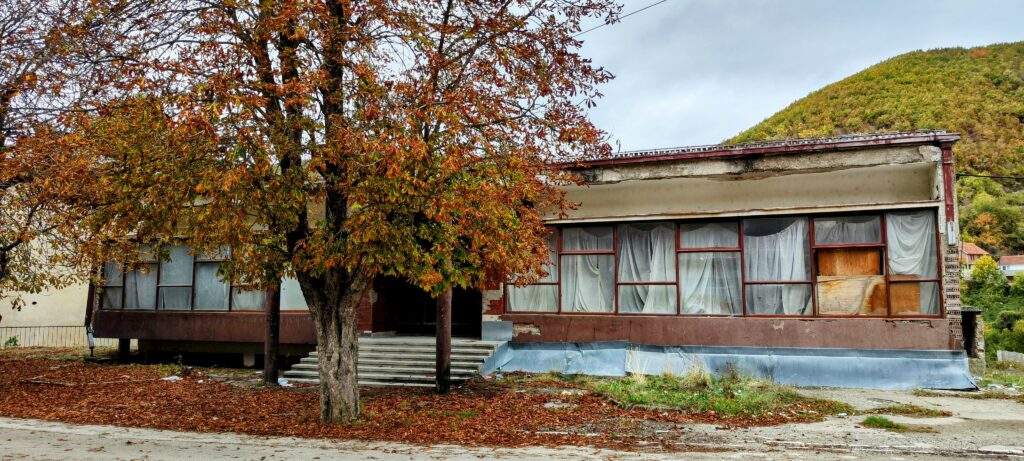
At its peak, Trepča mine employed around 23,000 people and was one of the biggest companies in Yugoslavia. Though smaller-scale mining in the region took place long before the British arrival in 1926, substantial modern mining took off in the region in the 1930s, managed and operated by the British.
The British influence brought modern mining techniques and management practices to Trepča, which significantly improved the mine’s efficiency and output. This period saw Trepča’s production soar, making it one of the most significant mining operations in Europe. Alongside this development, the British built infrastructure in order to support the influx of workers to the area.
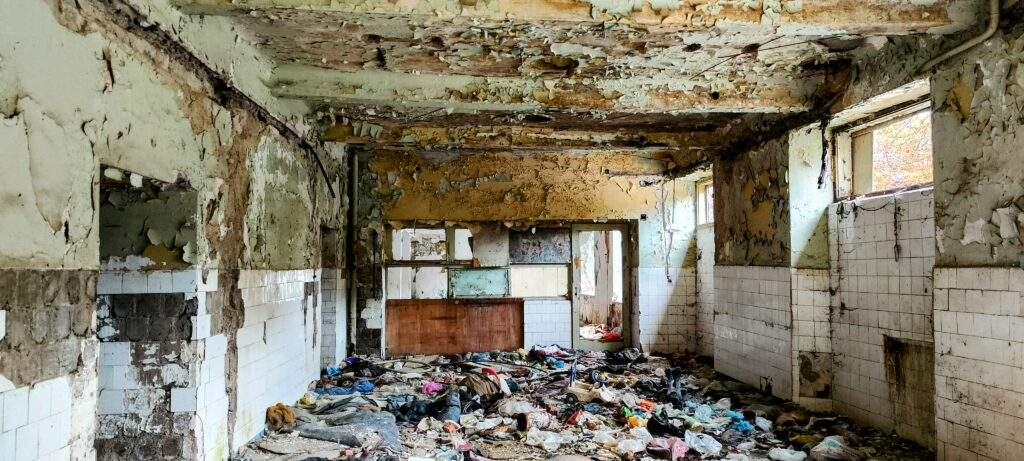
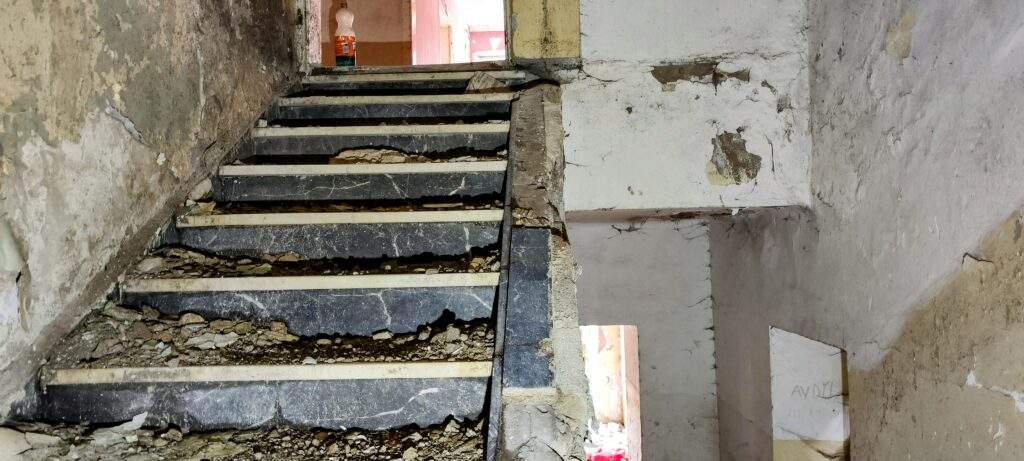

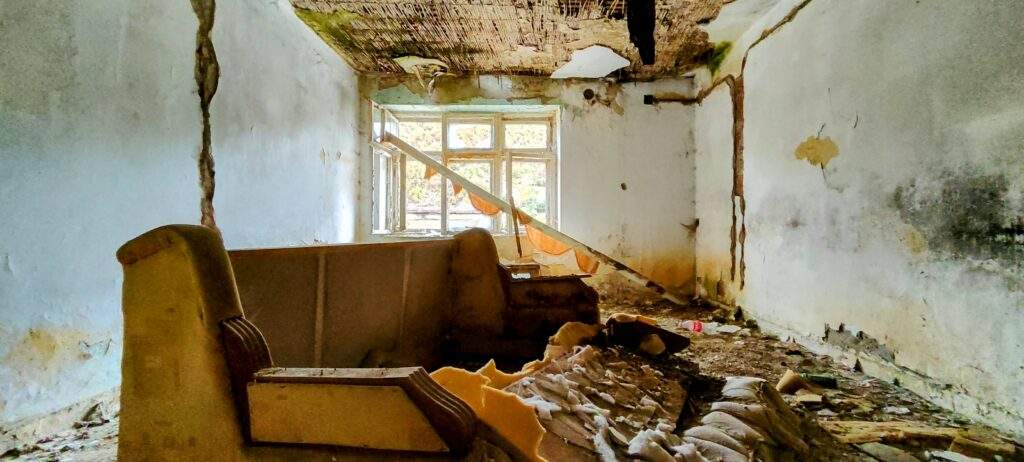
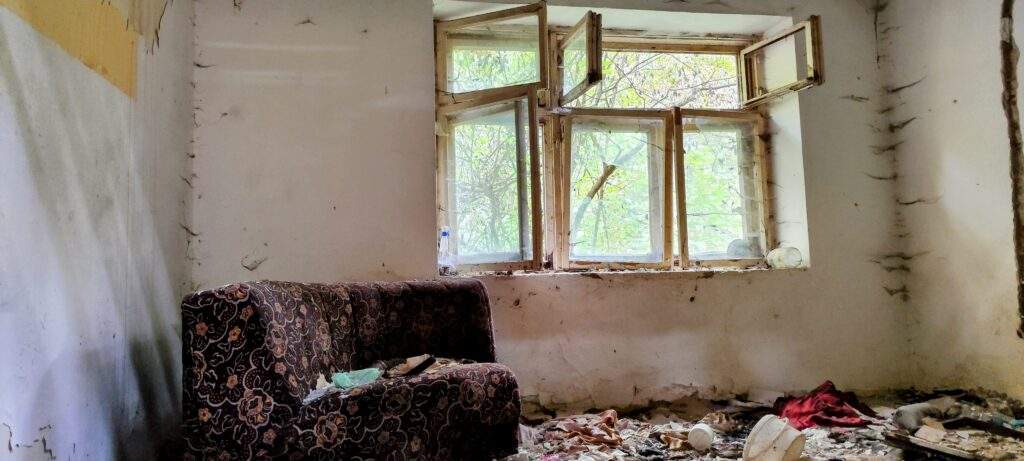

A short distance from the current entrance to the mine, nestled in the tree-lined mountains, lies an abandoned village variously referred to as “Stan Terg,” “Trepca” and “Colony.” The village acted as a well-organised administrative centre for the mining operations. It was relatively advanced for its time, being one of the first locations in Kosovo which offered a swimming pool, bowling alley, cinema, library and hotel, as well as housing for British engineers employed by the mine. Being designed by the British, the architecture of the village stands out against traditional buildings of the period in the region.
The British left the area after the German invasion and subsequent occupation of Yugoslavia in 1941, during which the mine’s resources were used in the war effort. Though the mine has been in continuous use, the colony village has fallen into abandonment and disrepair. There is evidence that the buildings still saw use after the German withdrawal, during the communist period. Surviving through Kosovo’s troubled recent history, today the village remains as a testament to industry in the region, a step into the region’s industrial past that helped it evolve into the independent and developing country it is today.
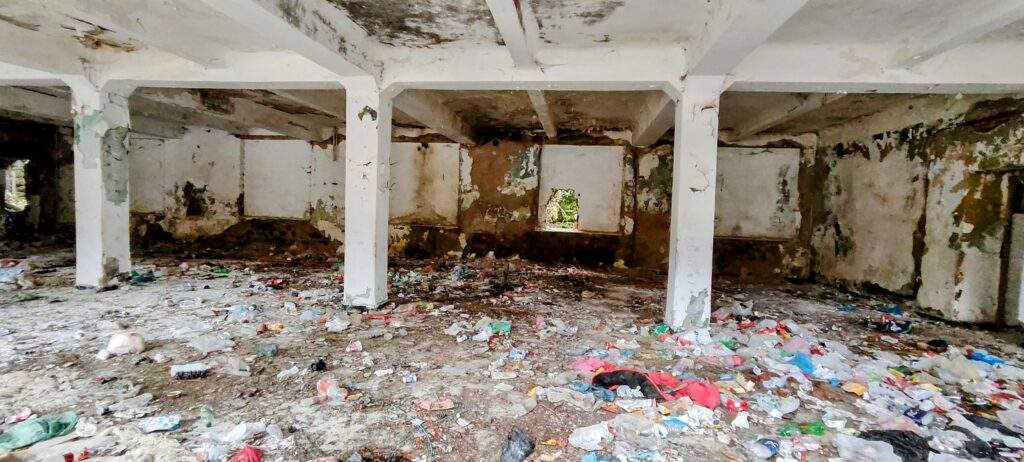
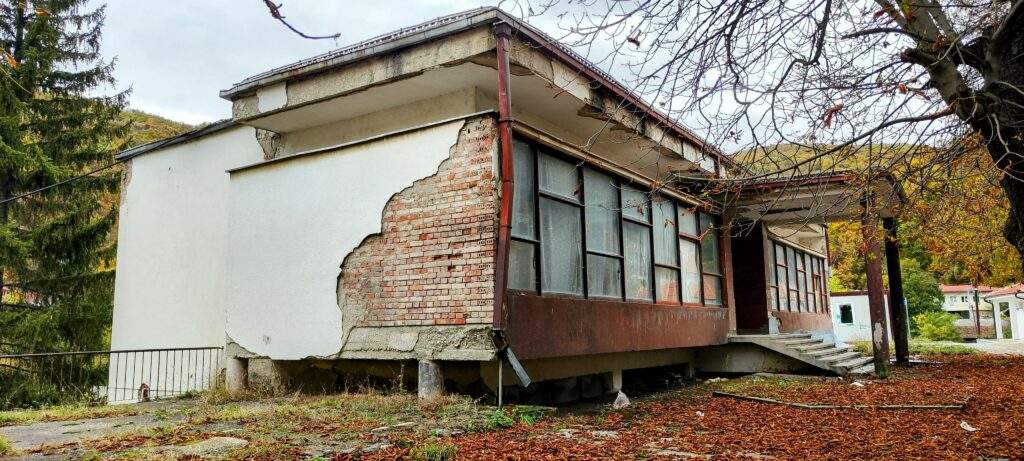
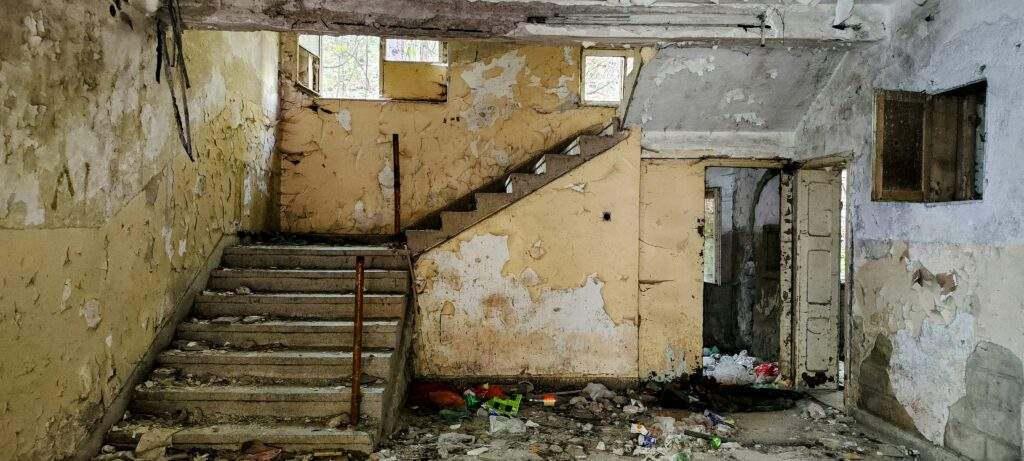
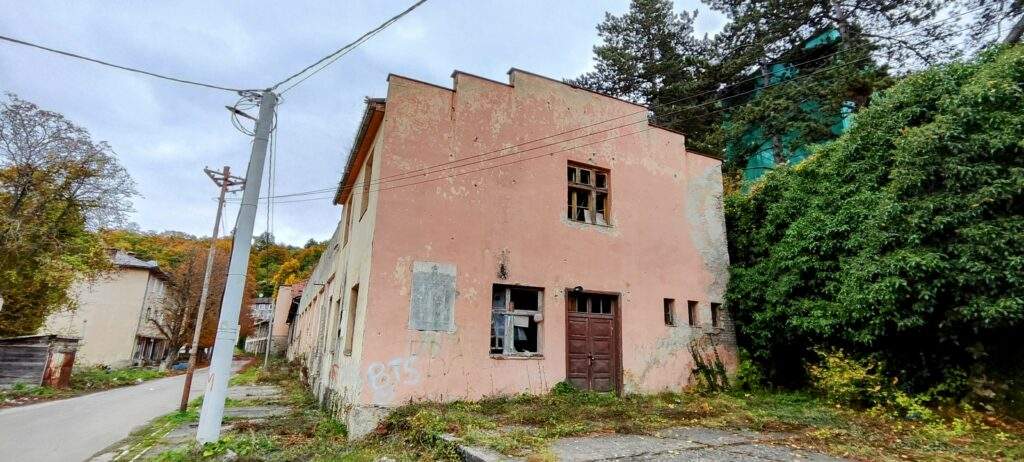
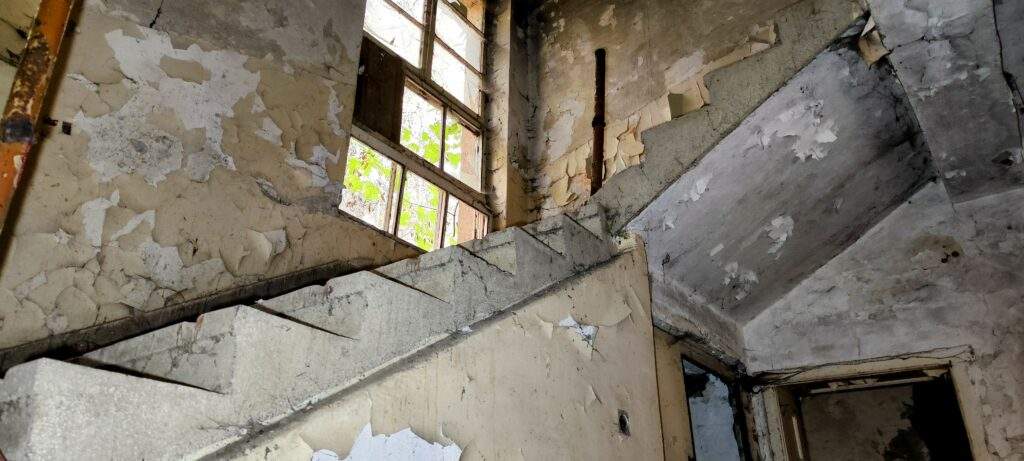
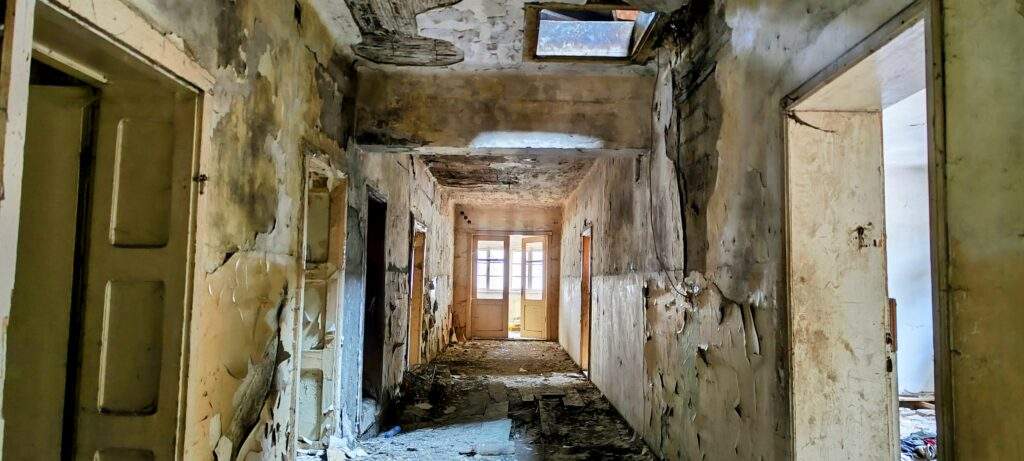

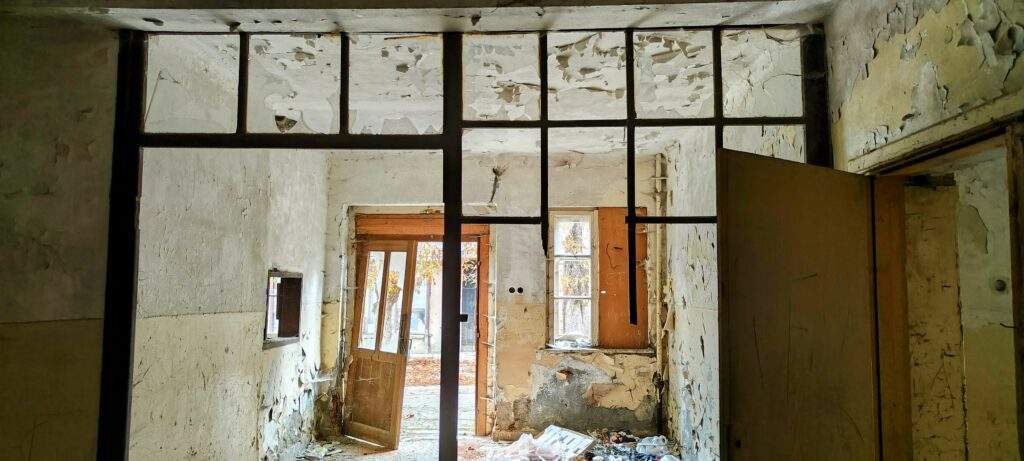
One of the plaques that demonstrated the buildings were used in communist Yugoslavia commemorated the miners on strike in 1989 and suggested the building housed the miner’s union at the time. Whilst we were exploring the village with our guide Bekim, a fresh miner’s strike was taking place, with a media frenzy outside the modern mine entrance and the occasional ambulance buzzing past. Miner’s were striking deep inside the mine demanding better conditions and pay. Though Kosovo has gone through many changes in its turbulent past, it seems that some aspects of life remain much the same. Today the mine only employs around 2000 people, which alongside the departure of the Britsh explains the abandonment of this particular village.
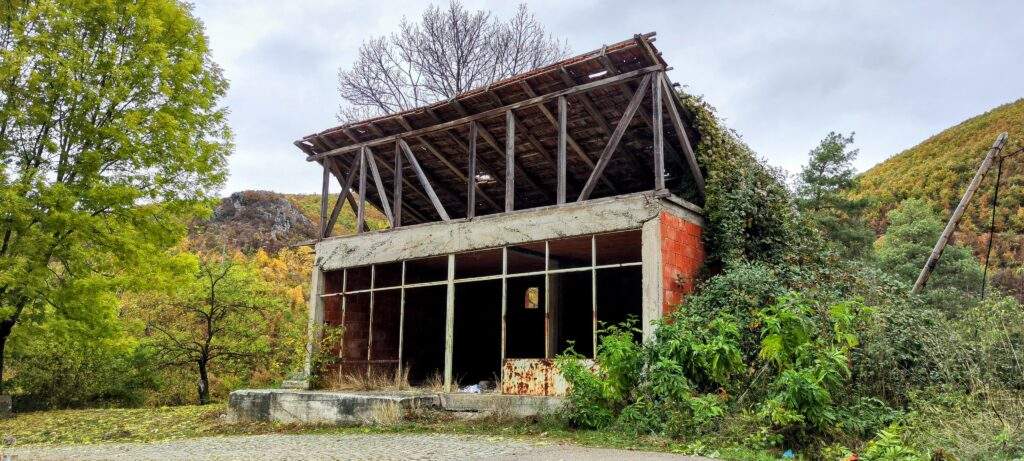

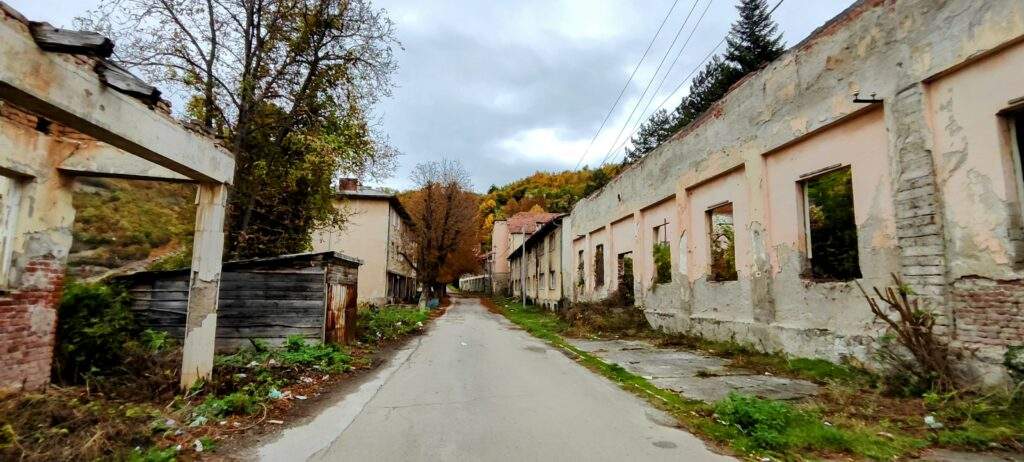

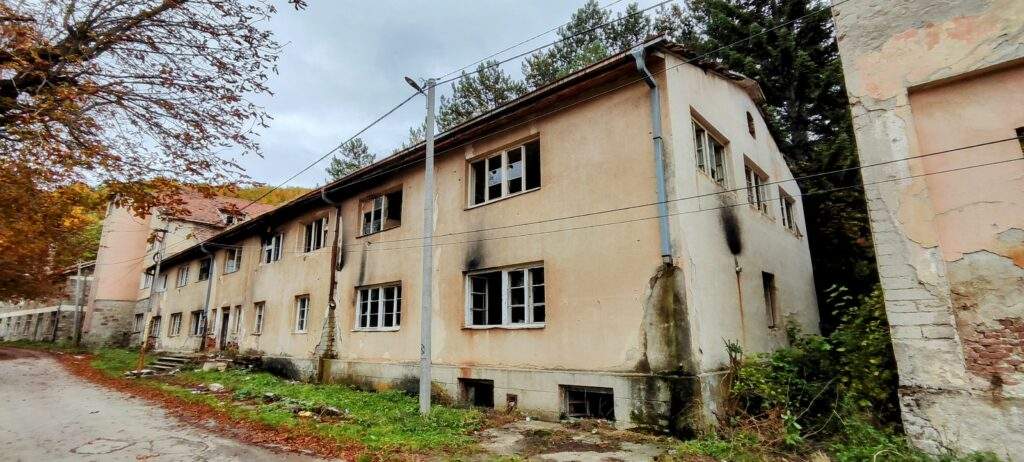

With limited transport options and the village being in a remote area, we visited the area with a friendly and knowledgeable guide called Bekim, from Kosovo Local Guide, who also showed us other sites on a fascinating day trip from our hotel in the capital, Pristina. The locals were all extremely friendly, with school children greeting us as we walked by, and a local man even joining us for part of our visit to share his memories and knowledge of the local history.
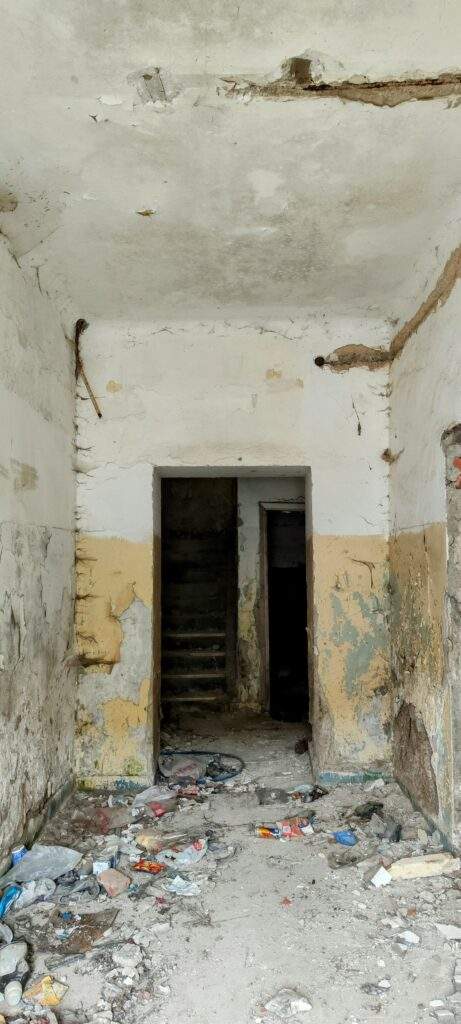
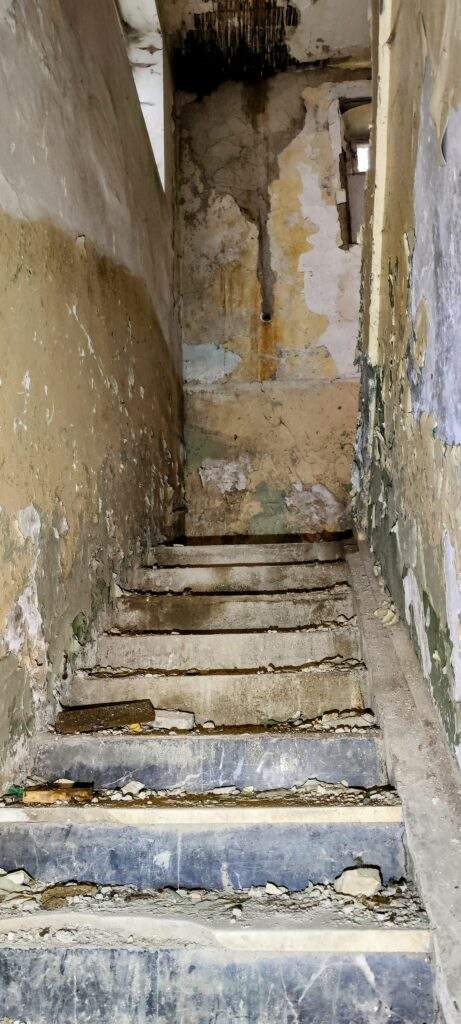
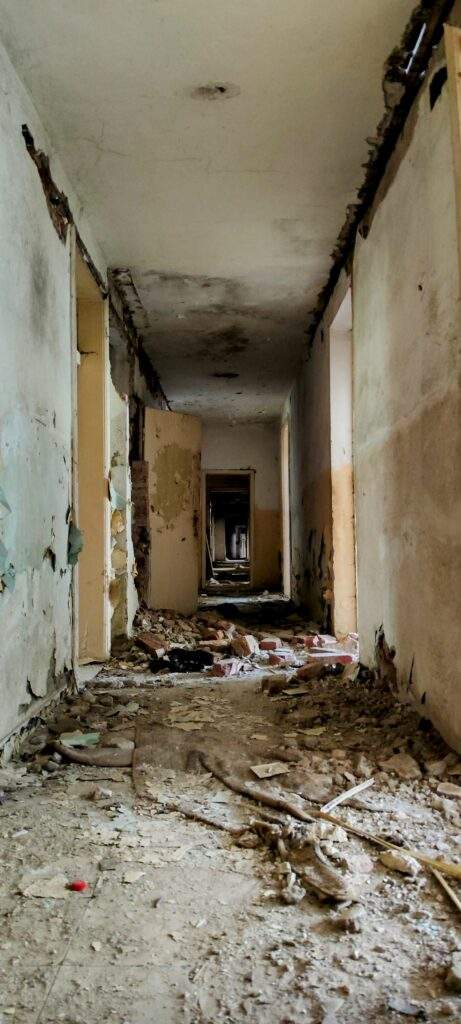
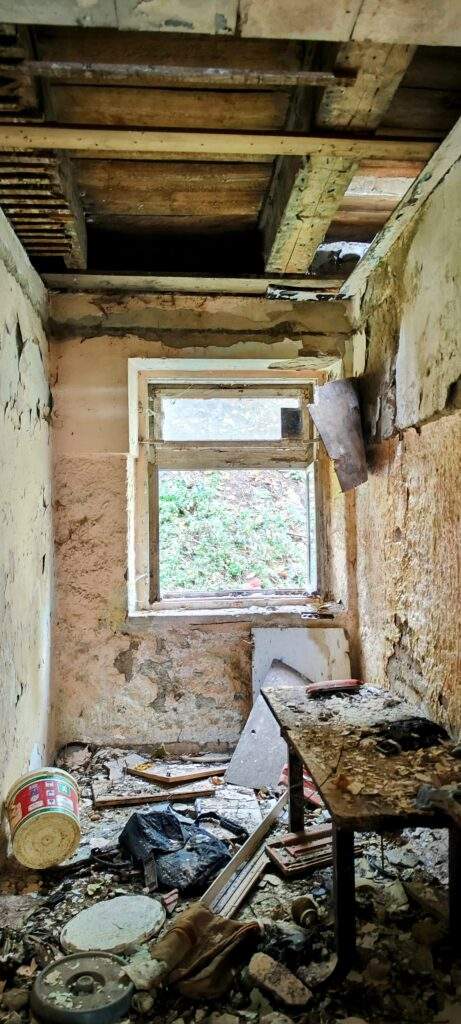
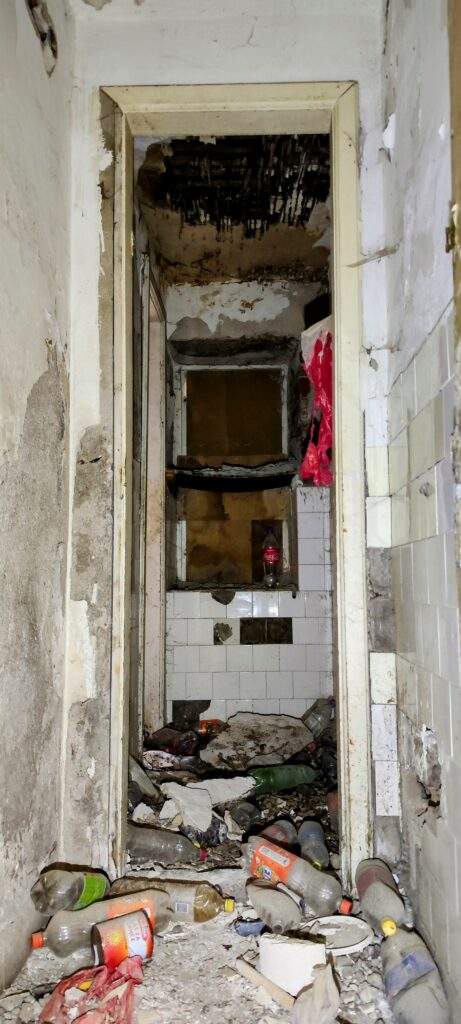
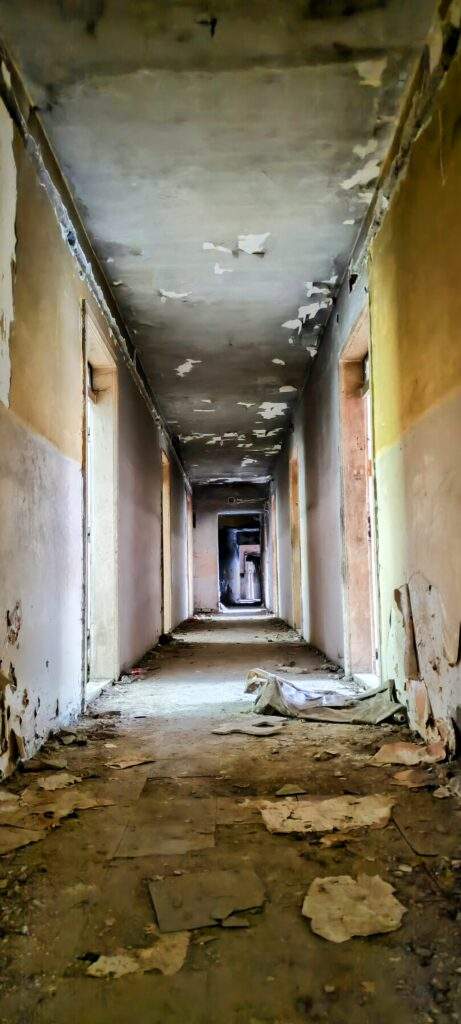
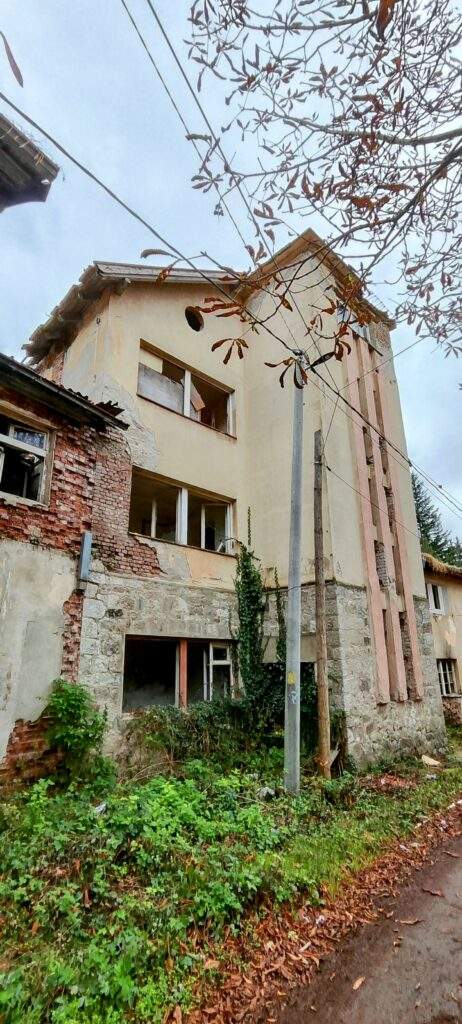
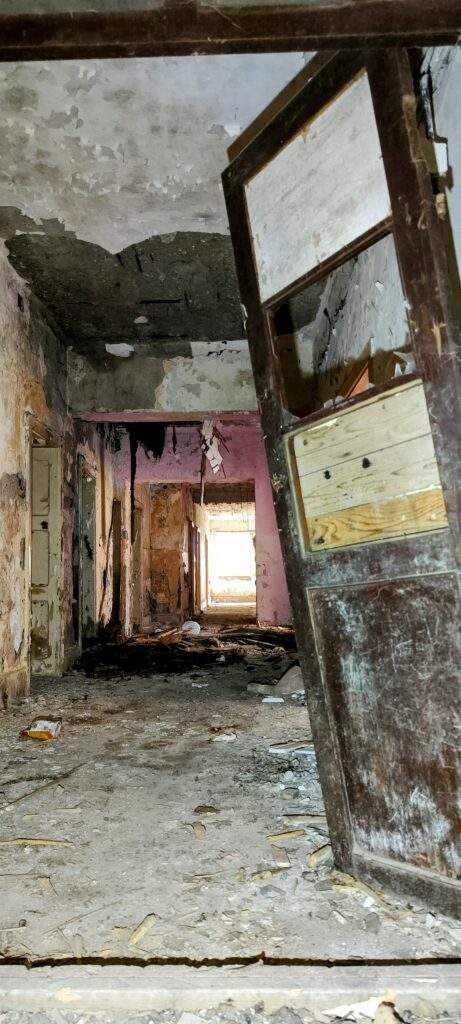
Last Updated on 19 December 2024 by Michael

